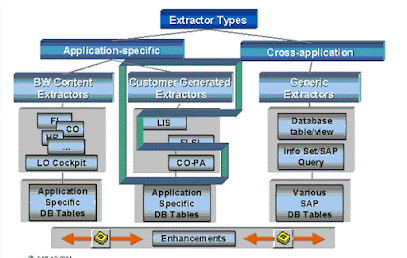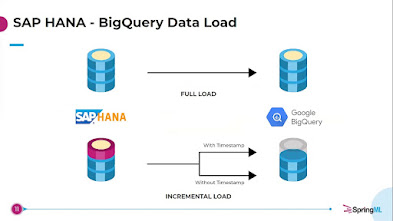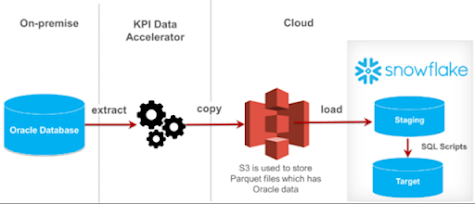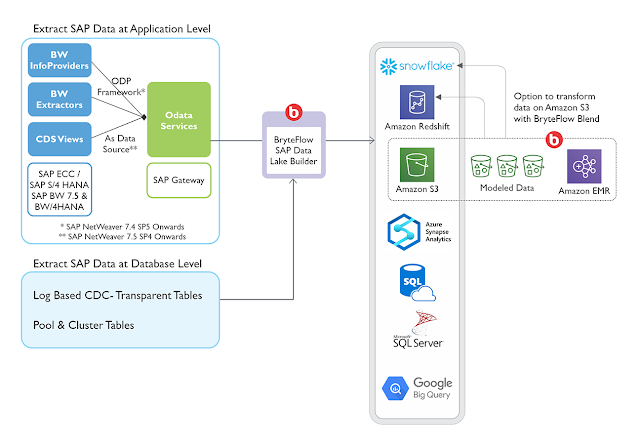SAP Data Extraction with The SAP Extractor

The SAP Extractor (known as the BW Extractor in the past) is typically used for SAP data extraction. The tool extracts data from the source systems and stores it in downstream data warehouses or business intelligence systems. The SAP Extractor, a data management feature of SAP was launched mainly for SAP data extraction for input into the SAP BW application. Even when an SAP user is not on the SAP Business Warehouse, the Extractor can still be used for data extraction. For information about SAP data extraction, click here. SAP data is used to query Data Services leading to quicker batch processing (previously known as data transformation) based on a pre-defined workflow. Since the Extractor is a program in SAP ERP, it can be triggered for SAP data extraction to transfer to BW. The options here are either a standard DataSource or a customized DataSource with comprehensive details of full-load delta processes. SAP BW remotely controls the data transfer p...
.jpg)




